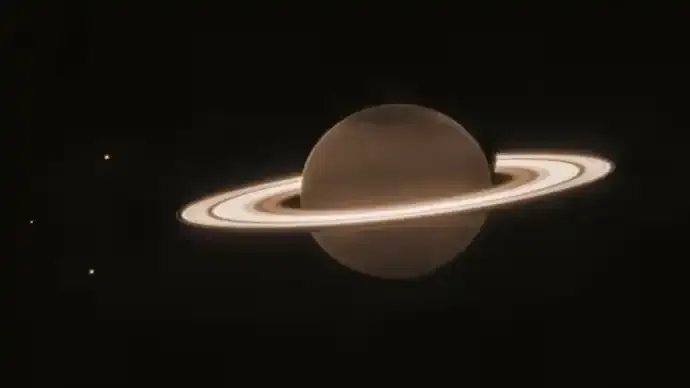Shopping cart
Your cart empty!
Terms of use dolor sit amet consectetur, adipisicing elit. Recusandae provident ullam aperiam quo ad non corrupti sit vel quam repellat ipsa quod sed, repellendus adipisci, ducimus ea modi odio assumenda.
Lorem ipsum dolor sit amet consectetur adipisicing elit. Sequi, cum esse possimus officiis amet ea voluptatibus libero! Dolorum assumenda esse, deserunt ipsum ad iusto! Praesentium error nobis tenetur at, quis nostrum facere excepturi architecto totam.
Lorem ipsum dolor sit amet consectetur adipisicing elit. Inventore, soluta alias eaque modi ipsum sint iusto fugiat vero velit rerum.
Sequi, cum esse possimus officiis amet ea voluptatibus libero! Dolorum assumenda esse, deserunt ipsum ad iusto! Praesentium error nobis tenetur at, quis nostrum facere excepturi architecto totam.
Lorem ipsum dolor sit amet consectetur adipisicing elit. Inventore, soluta alias eaque modi ipsum sint iusto fugiat vero velit rerum.
Dolor sit amet consectetur adipisicing elit. Sequi, cum esse possimus officiis amet ea voluptatibus libero! Dolorum assumenda esse, deserunt ipsum ad iusto! Praesentium error nobis tenetur at, quis nostrum facere excepturi architecto totam.
Lorem ipsum dolor sit amet consectetur adipisicing elit. Inventore, soluta alias eaque modi ipsum sint iusto fugiat vero velit rerum.
Sit amet consectetur adipisicing elit. Sequi, cum esse possimus officiis amet ea voluptatibus libero! Dolorum assumenda esse, deserunt ipsum ad iusto! Praesentium error nobis tenetur at, quis nostrum facere excepturi architecto totam.
Lorem ipsum dolor sit amet consectetur adipisicing elit. Inventore, soluta alias eaque modi ipsum sint iusto fugiat vero velit rerum.
Do you agree to our terms? Sign up

Researchers from Chalmers University of Technology and NASA have uncovered a groundbreaking phenomenon on Saturn’s largest moon, Titan, challenging classical chemistry rules.
The study reveals that at Titan’s extreme temperatures of -180°C, polar and nonpolar molecules—which normally repel each other—can combine to form new types of crystals. This defies the conventional “like dissolves like” principle, reshaping our understanding of molecular interactions in frigid environments.
Titan, with its thick nitrogen and methane atmosphere and orange-hued landscape of lakes and dunes, closely resembles early Earth billions of years ago. This makes it a unique laboratory to study prebiotic chemistry and the chemical pathways that may have led to the origin of life.
The research focused on hydrogen cyanide (HCN), a polar molecule abundant on Titan, and its interaction with nonpolar hydrocarbons like methane and ethane. Laboratory experiments and computer simulations demonstrated that hydrocarbons can infiltrate HCN’s crystal lattice, forming stable co-crystals.
Hydrogen cyanide is crucial because it serves as a precursor to essential life molecules such as amino acids and nucleobases. Understanding these interactions provides insight into Titan’s geology and its complex surface features.
This collaborative study began when NASA’s Jet Propulsion Laboratory sought Chalmers’ expertise to interpret unexpected experimental results. The findings highlight how extreme, cryogenic environments can enable unconventional chemistry, potentially paving the way for life-building molecules beyond Earth.
With NASA’s Dragonfly mission set to explore Titan in 2034, these insights will inform future investigations into prebiotic chemistry and the potential for life in cold cosmic environments.
43
Published: Oct 17, 2025